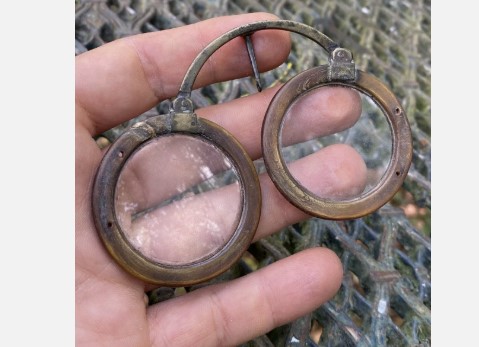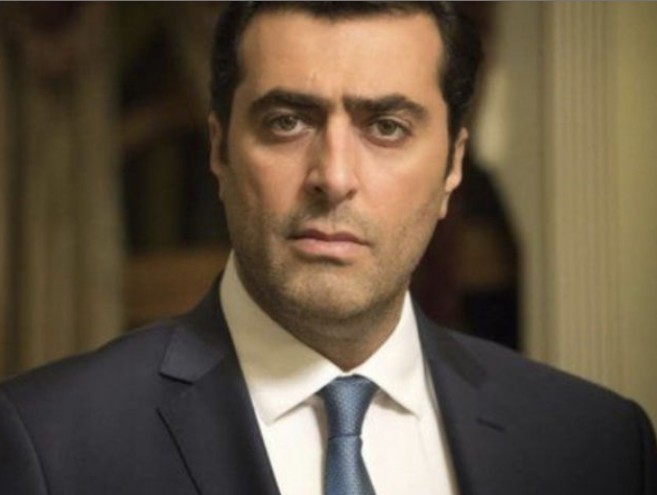
Spectacles have undergone a fascinating transformation, evolving from simple reading stones to sophisticated vision aids and fashionable accessories worn by billions worldwide. Initially employed for basic magnification in ancient times, spectacle lenses have been significantly refined through advancements in materials, optics, and craftsmanship. Some experts even consider them one of history’s most impactful inventions, allowing millions to experience improved vision despite natural imperfections. This article explores the historical journey of spectacle lenses and the optics behind their development.
The Science of Lenses
A lens is an optical element that manipulates light through refraction, either converging (positive lenses for hyperopia correction) or diverging (negative lenses for myopia correction) incoming rays. The term “lens” derives from the Latin lēns, meaning lentil, due to its resemblance to the double-convex seed. A lens consists of two refractive surfaces formed from a transparent optical medium, such as glass or plastic. Its power and effectiveness depend on its shape and the refractive index ratio between the lens material and the surrounding medium.
Early Beginnings: From Mesopotamia to Medieval Europe
Historical evidence suggests that the earliest known lens, the Nimrud lens, was crafted from rock crystal around 750–710 BCE in Mesopotamia (modern-day Iraq), though its exact purpose remains unknown. The idea of using lenses for vision correction gained momentum in the 1st century CE through Ptolemy’s Optics and was further developed by Ibn al-Haytham (Alhazen) in his groundbreaking Book of Optics in the 10th century CE.
Around this time, Italian monks created the reading stone, a semi-spherical lens made from rock crystal and quartz, which functioned as an early magnifying glass. By the 13th century, Northern Italy witnessed the first documented use of wearable spectacles, coinciding with advancements in Venetian glassmaking and Latin translations of Alhazen’s works. These early spectacles, featuring lenses mounted in simple frames resting on the nose, marked a transformative step in vision correction.
Refinements in the 18th and 19th Centuries
The modern spectacle form emerged in the 18th century. During this period, American inventor Benjamin Franklin introduced bifocal lenses, allowing users to see both near and far objects through a single pair of glasses. This innovation significantly enhanced visual convenience, despite initial design limitations.
The 19th century saw further improvements, including toric lenses for astigmatism correction, invented by English astronomer George Airy. Innovations in bifocal lenses also improved comfort and practicality, leading to the development of trifocal lenses to provide intermediate-distance vision correction. However, these early multifocal designs had visible segment lines and limited depth of focus.
The 20th Century: Progressive Lenses and Freeform Technology
The 20th century brought a revolutionary breakthrough with progressive addition lenses (PALs), which enabled seamless transitions between multiple optical powers. While Englishman Owen Aves patented the first PALs in 1907, manufacturing limitations prevented their production. It was not until the 1960s that French innovator Bernard Maitenaz successfully introduced the first commercially viable progressive lenses.
Initially crafted using semi-finished molds, progressive lenses underwent major enhancements in the 1980s with the introduction of freeform technology. This innovation enabled custom-designed lenses based on individual prescriptions, frame measurements, and visual habits. Despite its advantages, freeform technology has some limitations, including lower effectiveness in low-light conditions and peripheral distortion in certain designs.
Recent Innovations and the Future of Spectacle Lenses
Lens technology continues to evolve, with recent innovations such as spiral-shaped diopter lenses developed by researchers in Bordeaux, France. These lenses aim to enhance multifocal vision by providing clearer focus at varying distances and lighting conditions. Their spiral design allows multiple focal points, potentially revolutionizing traditional multifocal lens technology if successfully commercialized.
Looking ahead, researchers are focusing on improving lens materials, refining manufacturing techniques, and integrating advanced optical algorithms. The quest for the “perfect lens” continues, promising further advancements in vision correction and optical technology.
About the Author
Dr. Danuta Sampson is a translational researcher and senior lecturer jointly appointed by the Lions Eye Institute and the School of Optometry at the University of Western Australia. She actively participates in the global optics and photonics community through Optica and SPIE, the world’s largest optics and photonics societies. As a light science ambassador, she contributes to educational initiatives, including designing STEM books and learning materials for children.








